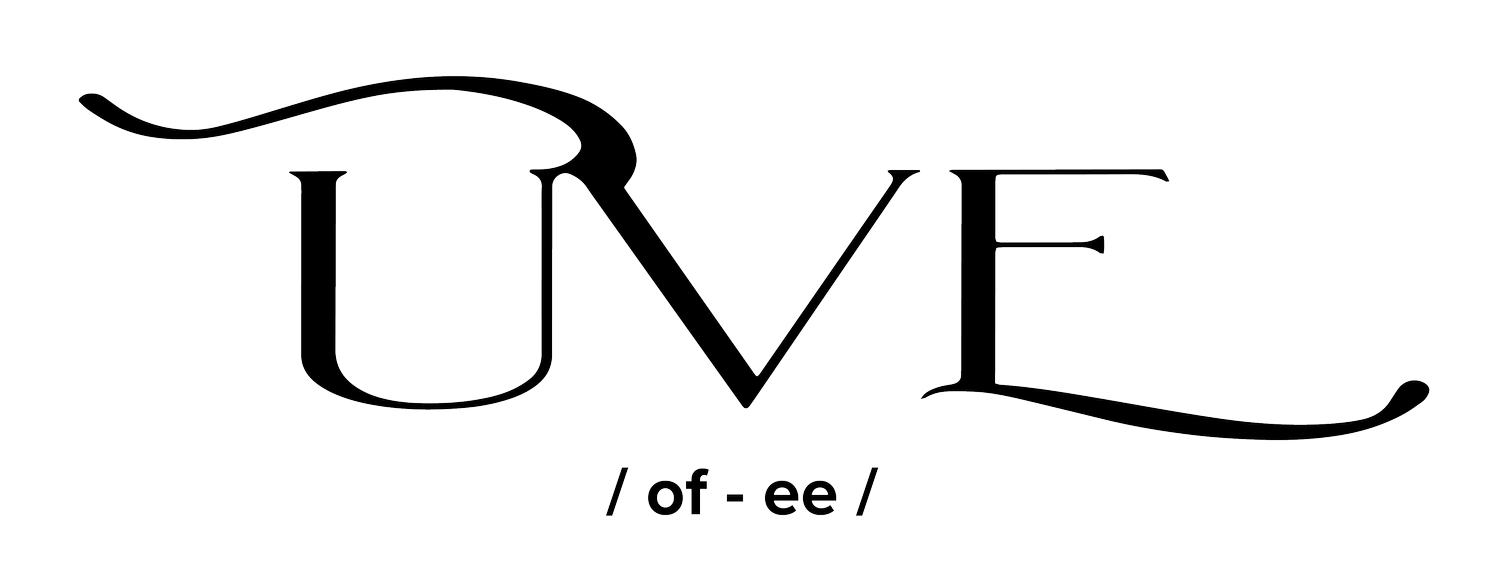Watch Your Other-ing: How to Not Pit Agriculture Against Agriculture
A letter to the Jefferson Center Community by Abbey Kingdon Smith
Yesterday, in a live streaming fireside chat with Donna Kilpatrick from Heifer Ranch USA, a Savory Hub serving Arkansas, I was asked to define regenerative agriculture. I defined the two words and put them together. Regeneration to me means life-giving, life-building and agriculture is the production of food and fiber from the Earth’s land and water. So regenerative ag is production that creates more life, that creates entire ecological uplift. And I absolutely love it. It makes me so happy to think of this happening. I feel lucky enough to have been on many places around the world that are alive. I wish everyone could experience this—the joy, the happiness that springs up, right out of thin air, when standing on land that is thriving. You know in your gut that this is right. This is how things should be.
Last night while making rose hip and honey jelly in my tiny kitchen, I listened to an ACRES USA Tractor Time podcast with Kelsey Ducheneaux-Scott about Indigenous Agriculture. She is in the CREATE course with Jackie, as well as in the documentary Gather, which I enjoyed. A passion of mine is to work with the tribal community in Fort Bidwell to support the creation of resilient local food systems, and a thriving community. So this podcast got the precious evening air time in my kitchen on Thursday night. She deserved every second of it. I was inspired by her. I am so grateful she is doing the work she is doing and leading in the way she is leading. Something she said stuck with me, because I believe is key to transforming land and communities.
“I will not pit agriculture against agriculture.” She meant that she would not spend energy criticizing other practices, instead she explains to her customers why she chooses to produce grassfed beef. In our conversations about regenerative agriculture, are we intentionally or unintentionally “pitting agriculture against agriculture”?
I thought about this a lot, especially since I had just spoken publicly about regenerative agriculture. We make progress, I believe, when we talk about systems and policies of agriculture and their unintended consequences. When we say, “those farmers, those ranchers,” we take the conversation in the wrong direction.
As my friend and fellow Savory Hub leader Will Harris, from White Oak Pastures, said to a group of hub leaders on the same day I talked with Donna, and listened to Kelsey’s interview: The commoditization, centralization and commercialization of agriculture had unintended consequences for community and land.” He and his family focused on regenerating the land, and the community came back to life.
My friend and fellow Savory Hub leader, Daniel Griffith, from Timshel Wildland says that he focuses on building community, then the money comes, and the work gets done. I love these stories from Will and Daniel. They are magic to me. Focusing on creating health and well being in one space, and then life and abundance also abounds in other places without additional effort—wow. Magic. And that right there is the promise of managing holistically. Holy cow. These stories are so powerful on their own. They don’t need to say anything about “those farmers, those others" who do it differently than me.
The reason I want to be aware of language, and how we talk about our work of ecological uplift, is that I believe deeply that Allan Savory is right when he said to Savory Hub leaders: “Now is the time to unite. We will never solve this alone. Stop blaming and fearing. Focus on generosity and abundance.” When we box in people with labels and “other-ing,” we fall out of relationship with them, we push them away. We are not united.
Cole, a Savory Hub leader from Kansas (who also works in somatic trauma therapy) believes that we must create a safe experience for people to move from a fear/scarcity mindset to one of abundance. Michal, a leader the new Savory Hub forming in Montana said, “ we create a gracious space, which is defined by a spirit and a setting where we invite in the stranger, and learn in public.”
When I heard them speak about this, I thought, “Ah! This is how it is actually done. This is how we unite."
Once I became aware of the other-ing in our language, I hear it everywhere. Those ranchers. Those Natives. Those industrial farmers. Those politicians. Those environmentalists.
My friend Raquel with Earth People’s United told me that in some cultures that homicide is handled culturally in the same way as suicide. The person who committed the violence is invited to heal, is cared for and nurtured. Families come together to share in grief, to heal together. There is no “other.”
Have you had experiences of other-ing? Had to navigate conversations riddled with other-ing land mines? I’d love to hear your stories, and learn from you.
I am grateful for you-- my friends, my community, my family. Thank you, as always, for letting me share my deepest work with you.

